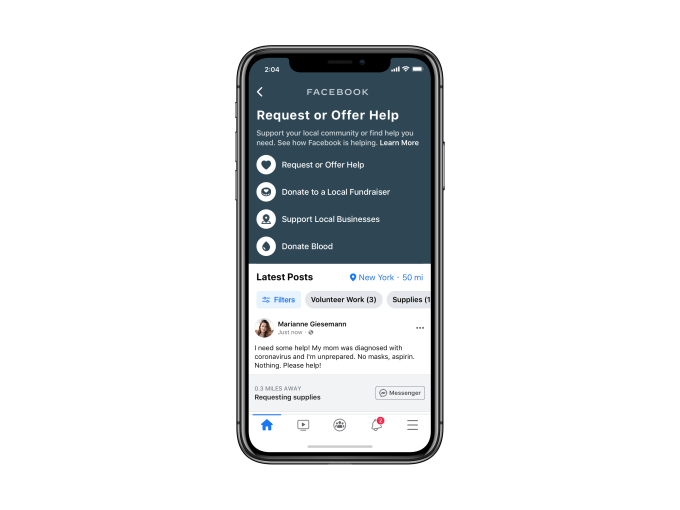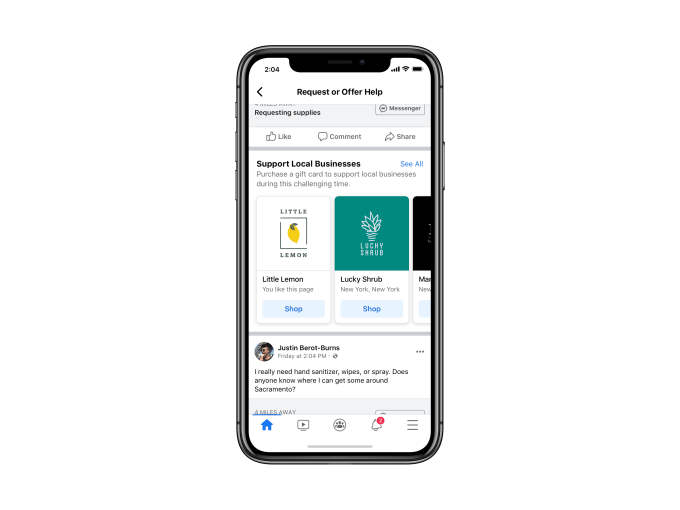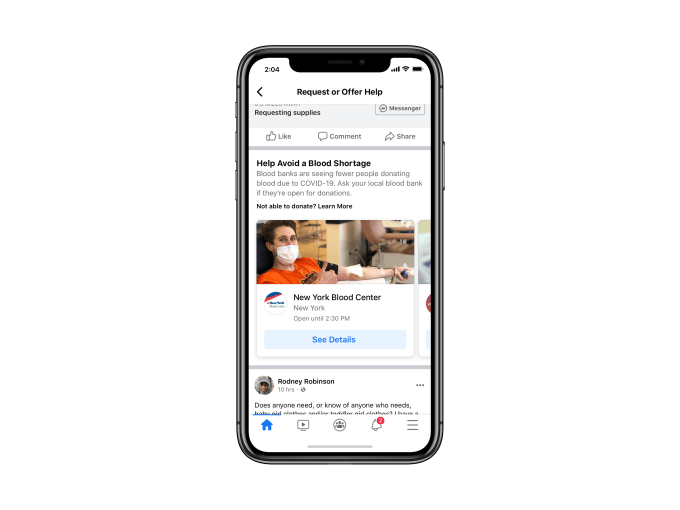Music streaming service Soundcloud is capitalizing on consumer demand for live entertainment amid the COVID-19 quarantine with the launch of its own slate of originally produced live programming. The company today announced its plans for a new Twitch channel where it will air live chat series and other panel conversations plus music sets, and shows focused on music discovery. The programming will feature artists, producers and other industry experts in an effort appeal to both music creators and fans alike.
While the company has offered other music discovery and creator resources in the past, this is the first time it’s offered live video and a way to interact with the music community in real-time, as it will by way of Twitch’s built-in chat.
The new slate of originals begins on Wednesday, May 6th, at 2 PM ET, with “Studio Sessions with Soulection,” a 90-minute music show hosted by Soulection Founder, Joe Kay. The show promises to feature “surprise guests” who will dig through Soundcloud to find the most exciting, undiscovered tracks and discuss what makes a track stand out.
On Thursday, May 7th, Soundcloud will begin airing its 3-hour weekly live chat series “Cloud Bar,” where creators, industry execs, and influencers will take on topics like how to build a career in music and look at new trends in music discovery, culture, and more.
This week’s guests include CAA music agents, Zach Iser and Caroline Yim; artist managers Byron Wilson, Matthew Burnett, and Jordan Evans, Dae Bogan of The Mechanical Licensing Collective; XXL’s Editorial Director, Georgette Cline; hip-hop entrepreneur, Roger Gengo; recording artist, activist, and entrepreneur, Vic Mensa; and Founder and CEO of Biz 3 Publicity, PCC, ICF certified Personal/Professional Coach, Kathryn Frazier.
The discussion will be in three parts, beginning with the timely topic of how the music community is coping with the COVID-19 cancellations of live music, and how they’re working to bring their music to fans online. The other two parts of the conversation will focus on the changes in music discovery occurring due to the pandemic and the subject of self-care for artists.
On May 11th, Soundcloud will introduce two more shows, “Fresh Pressed” and “Fast Track.”
The former aims to give the latest scoop on the best new tracks while the latter will have rising artists creating their own beat in 60 minutes or less using software and instruments in digital music making. “Fresh Pressed” will continue to air every Monday from 2-3:30 PM ET and “Fast Track” will air every other Wednesday from 2-3:30 PM ET.
Twitch has been working to make its resources available to music artists and other creators during the COVID-19 pandemic as it sees the potential to expand beyond gaming.
On that front, the company just hired Spotify’s former director of Product Management Tracy Chan as its new head of Product and Engineering for Music. The company also recently partnered with Bandsintown and Soundcloud to fast-track artists onto its Twitch Affiliates platform, so they can make money from their live streams. According to some artists, it’s been easier to make money on Twitch compared with mainstream social platforms.
Twitch is also preparing to air a two-hour “Sessions” music and conversation series on its front page on four consecutive Wednesdays, starting this week at 4 PM ET. Guests will include CAM, Skip Marley, Steve Earle, Brandy Clark and DJ Twin Shadow for the debut show. Viewers will be able to donate to the MusiCares charity’s COVID-19 relief fund during the event.
Soundcloud on Twitch begins Wednesday, May 6th, at 2:00 PM ET, but users can follow the channel and opt to turn on notifications on Twitch now.
The company says it will publish its schedule for the week here on its own site.





